Ever wondered what are those different ports behind your TV or DAC/Amps mean?
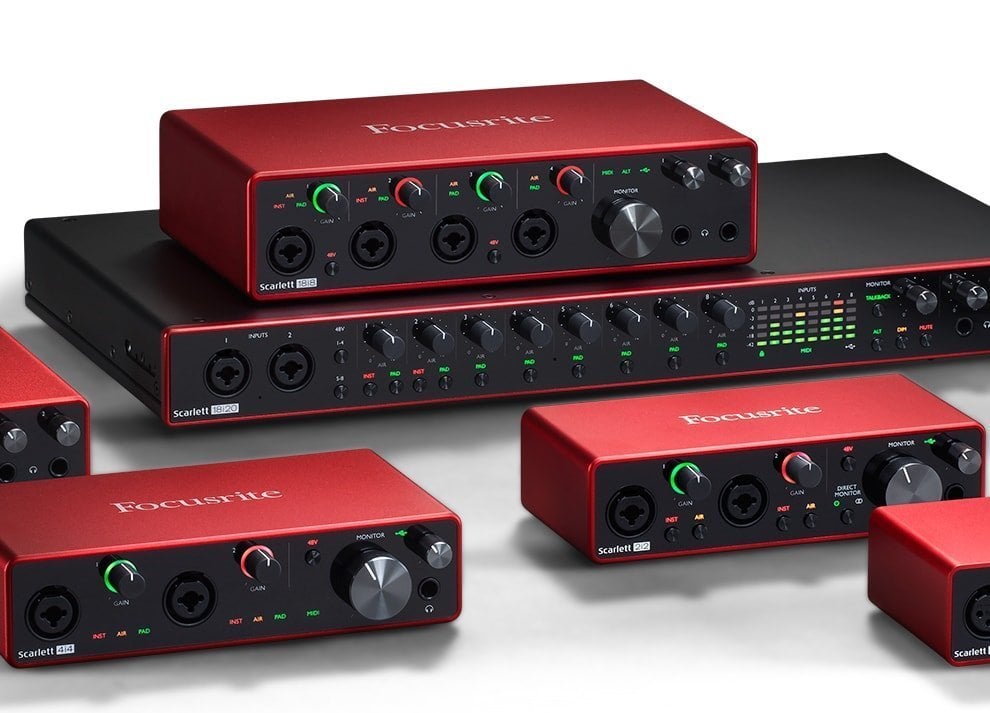
Content
- What is an Audio Output?
- Categories of Audio Output
- Types of Analog Audio Output
- Types of Digital Audio Output
What is an Audio Output?
An audio output, or also known as audio out, drives a signal (digital or analog) into another device’s audio input. They are found on audio-generating devices such as your TV or computers.
For example, the TV can play sound through an external speaker by connecting the TV’s audio output to the speaker’s audio input via a cable or a wireless connection.
Why you should understand your audio outputs?
The ability to recognize and understand the different types of audio output is important, especially if you care about sound quality. Each type of audio output has its own benefits and quirks.
Knowing the right audio output compatibility will also help reduce unnecessary stress of having to deal with dongle hell (buying multiple converters/adapters to get the audio connection to work).
For example, you might have a Radio Frequency (RF) transmitter that requires analog output in order to output sound to the RF headphones. Despite being the OG of audio output, it is not wise to assume that all modern TV will have them.
Categories of Audio Output
Audio outputs are classified into two distinct categories:
- Analog Audio Output
- Digital Audio Output
As their name implies, the analog audio output transmits analog audio signal while the digital audio output transmits digital audio signal to the audio receiver/amplifier.
An example of analog audio output:
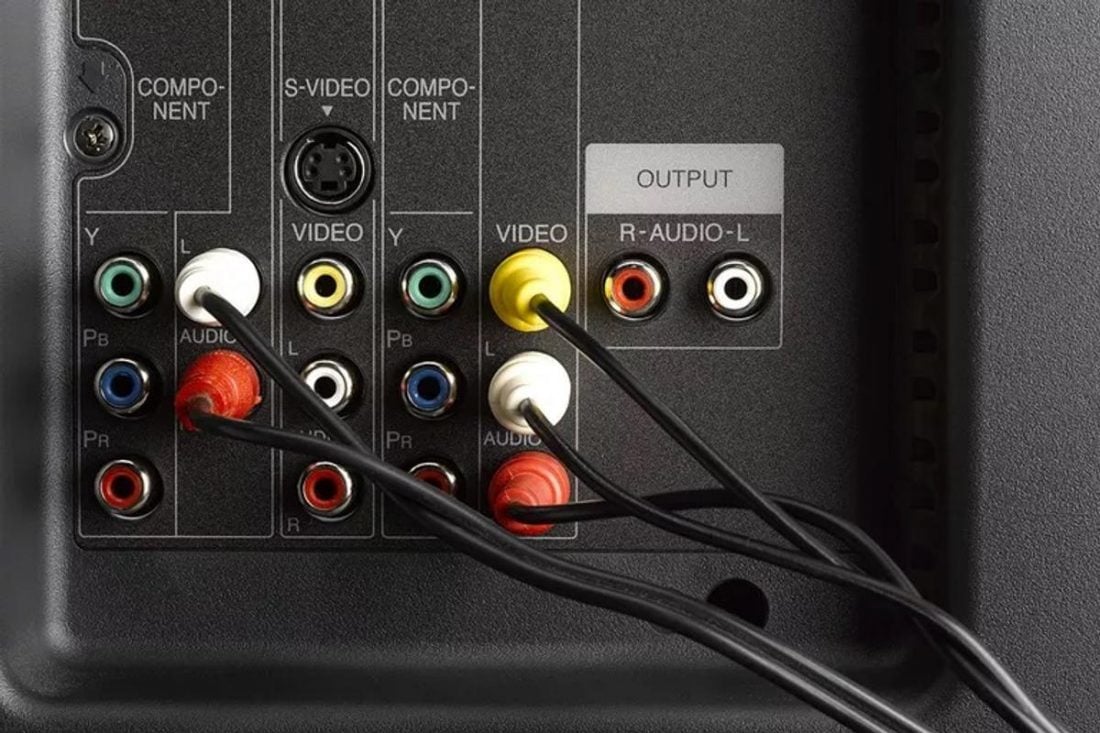
An example of digital audio output:
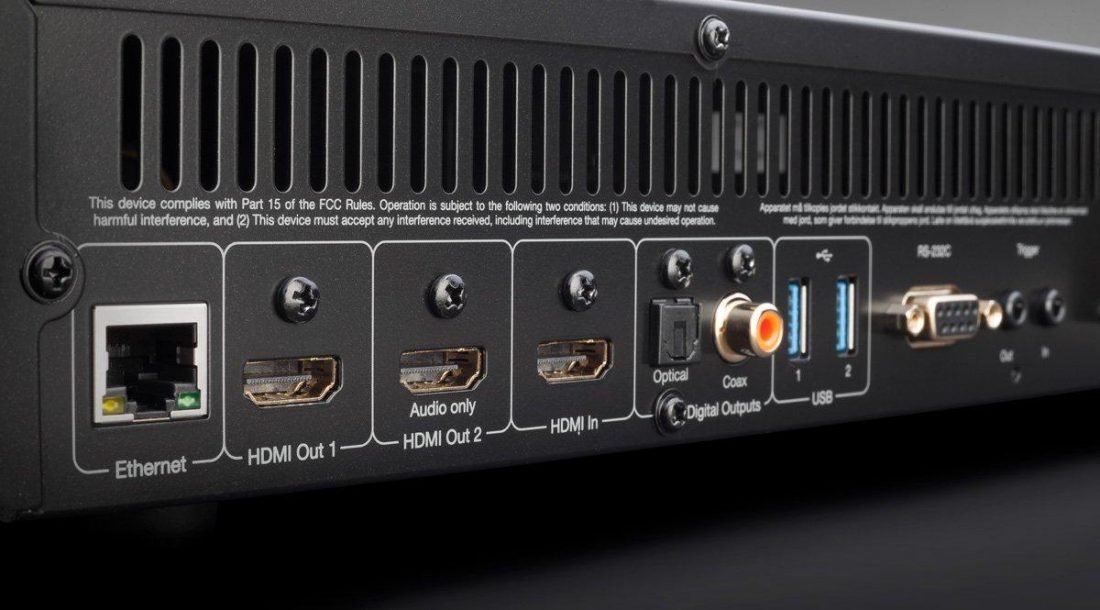
Types of Analog Audio Output
These are the most popular types of analog audio output that you can find on your devices:
- RCA (Stereo audio output)
- Multi-channel output or Surround sound
- Mini-stereo (TRS connectors)
- XLR output (cannon plug)
- Speaker wire
- RF coaxial
1. RCA

Do you still have a DVD player at home? Or an old VCR player? Even if you don’t have those, most TV would still have these red and white-colored circular jacks. These jacks are called the RCA output and they are one of the most common types of analog audio output.
The RCA is a stereo audio output. This means that they can split the audio into two separate channels – left and right channel. This allows the listener to hear more dimensions of sound, improving the listening experience.
- Most common types of analog audio output among TV and other household audio/video devices.
- Easy to set up due to color coding (red and white or red and black for audio)
- Multiple cables might be difficult to manage.
2. Multi-channel output or Surround sound
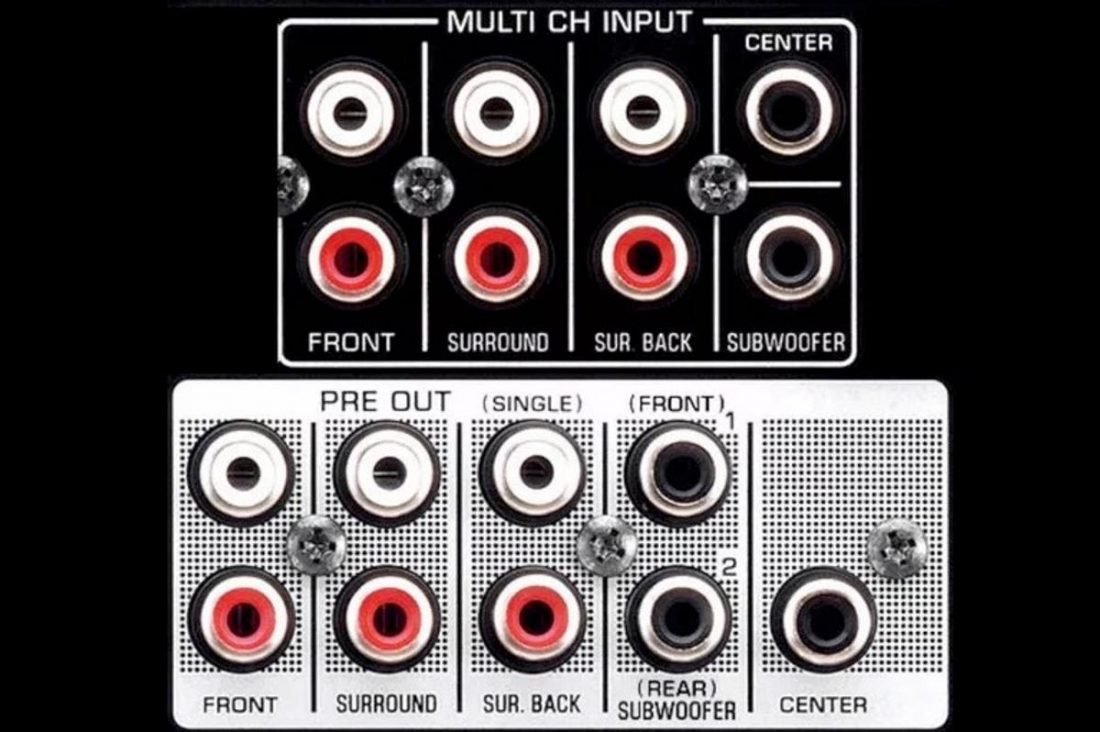
For those who have surround-sound speakers set up at home, the above picture might be familiar to you. Unlike the RCA output which only has two jacks, a multi-channel output have multiple jacks which split the analog data into different channels.
The sound is then projected from different speakers around the room to give a spatial audio-listening experience. You can find configurations that span from the common 6-speakers to the latest 24-speakers setup
With the multi-channel output, the listening experience is more immersive than the usual stereo audio output.
- More immersive sound experience than stereo audio output
- Advantageous for bigger places in the case of movie theatres, sound halls, and concert grounds.
- Main disadvantages of a Multi-channel or a surround system are installation method and cost.
- Multiple wires and connections can be confusing.
3. Mini-Stereo or TRS
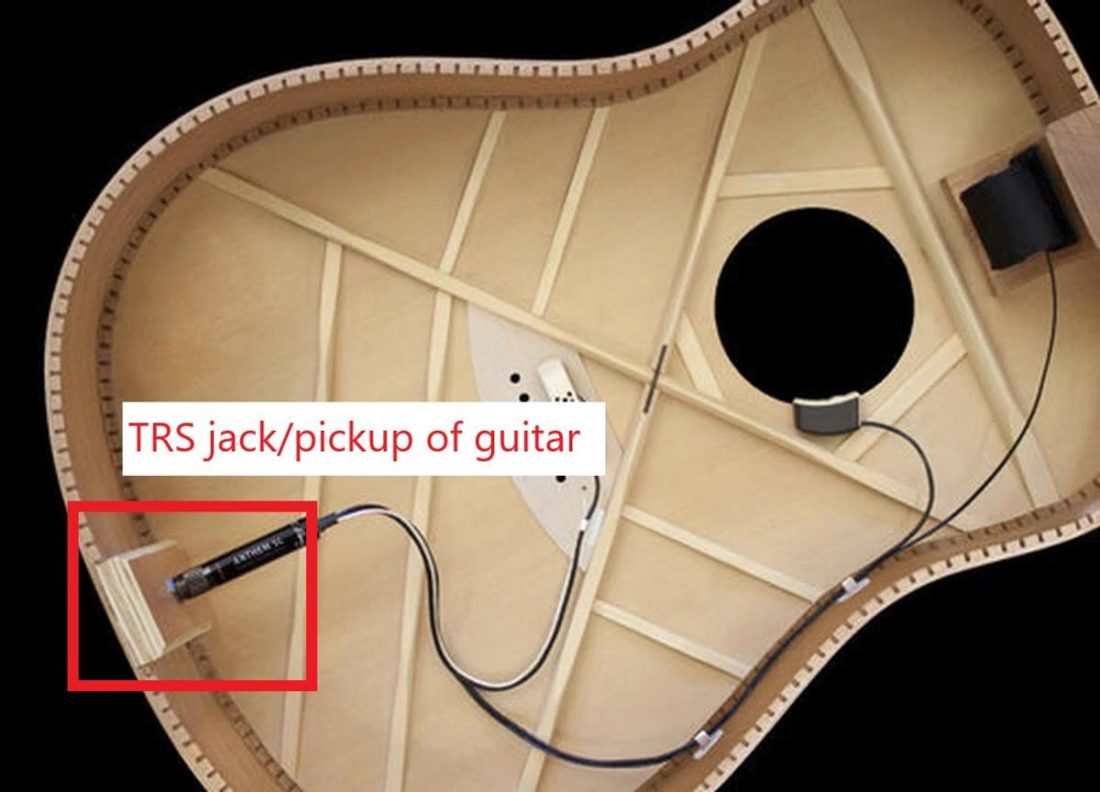
The mini-stereo, or known as the 3.5mm jacks or AUX, was first used in telephone switchboards during the 19th century. But today, you can see it in the “pickup” of electric guitars, in corded microphones, and also personal computing devices like your phones and computers.
The mini-stereo can be easily identified from its Tip, Ring, Sleeves (TRS) design.
The TRS design carries positive and negative signals and a ground connection that allows it to give a 2 channel sound output despite its small size. Depending on the number of rings that the mini-stereo has, it can even support a balanced audio connection.
- Support stereo audio output with just a single cable
- 3.5mm audio input is common
- More portable.
- Not common output for TVs.
- There are an increasing number of manufacturers who are phasing out the 3.5mm audio jack.
4. XLR output
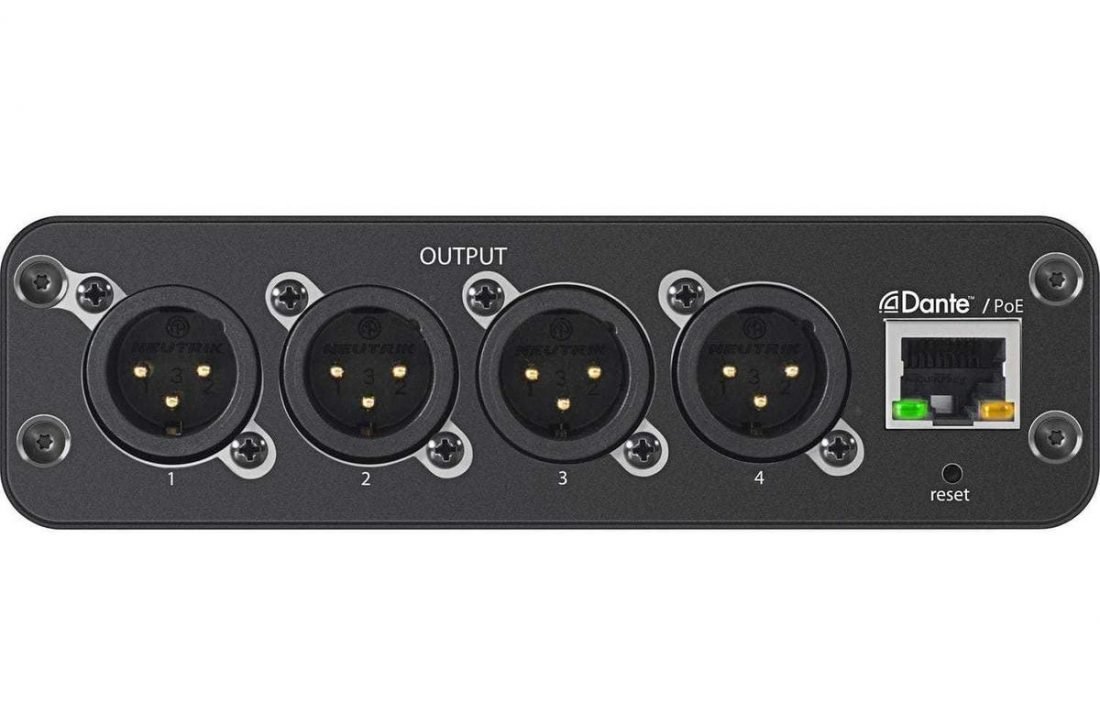
The XLR output, otherwise known as the Cannon plug is easily distinguished by its 3-pin connector.
This type of audio output is more commonly found in microphones and other professional audio devices such as amplifiers and/or DJ mixers.
The XLR output allows well-balanced audio connection while minimizing any kind of electromagnetic interference (you might know this by the ‘kssshhh’ noise you sometimes hear from your speakers).
- Due to the thicker cable/wiring, the XLR output can produce lesser noise or interference over longer distances.
- Best use for live performances where the source and the receiver have long-distance separating each other.
- Ground pin is separated from the two signal pins which reduce any short breaches of crackling, buzzing, humming, or any other unnecessary noise.
- Can be quite expensive
5. Speaker wire
For people who are often exposed to huge amplifiers, you might encounter something called the speaker wire output.
If it accepts bare wire, without any kind of “plug”, it’s the speaker wire audio output.
The speaker wire can be further broken down into two types:
- Spring clip terminal – accepts bare wires when connecting one device to another or two different speakers together.
- 5-way binding post terminal – accepts pin connectors, banana plugs, and spade connectors.
You can learn more about speaker wires from Crutchfield.
- Best type for connecting multiple receivers.
- Expensive.
- Can be complicated as you have to find the right wire size for better sound quality.
- Can be complicated to set up.
6. RF coaxial
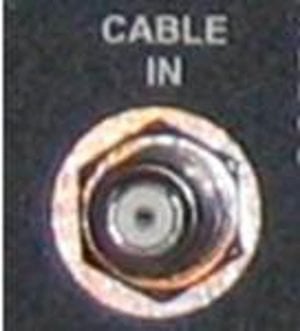
The RF coaxial is one of the older type of connection for audio transmission. It can either output both audio and video signals, or just an audio signal alone.
They are often used by VCRs and TV Boxes/ Cable TV to connect to the TV set. It has one of the lowest signal qualities, providing only a mono signal, and is susceptible to noise.
The death of the RF coaxial can be attributed to their design. Having a single pin and a single cable made it more prone to poor video and audio quality due to the increased EMI or electromagnetic interference.
- Cheap
- Low audio quality
- Mono signal
- Susceptible to noise
Types of Digital Audio Output
These are the most popular types of digital audio output that you will find on your devices:
1. HDMI
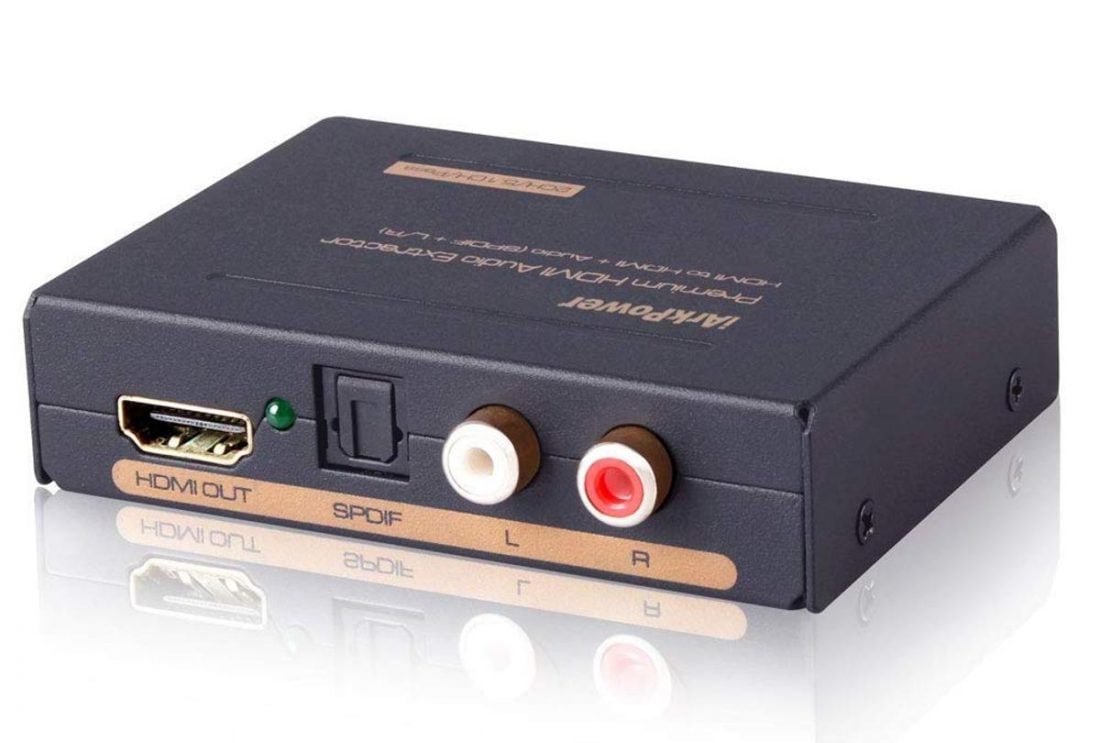
One of the most popular digital audio output you will find on your device is the HDMI or High Definition Multimedia Interface.
Due to its capability to output both audio and video in higher definition, HDMI is the most favored choice for various devices that range from gaming consoles, TV, and many more. They come in standard, mini, and micro outputs, for various applications ranging from computers to smartphones.
- Outputs both audio and video signals
- Higher bandwidth than SPDIF coax and optical
- Carries multi-channel audio at multi-sampling rates in one cable
- Constant innovation allows new HDMI standards to develop, like the upcoming 32 channel audio support
- Supports high quality digital audio like Dolby TrueHD and DTS HD Master Audio
- Limited distance capacity. Cat1 HDMI cables are limited up to 35 meters while Cat2 HDMI cables are limited up to 10 meters only. Use of extenders can increase the risk of poor to zero data transmission.
- Compatibility with older AV systems
2. USB audio
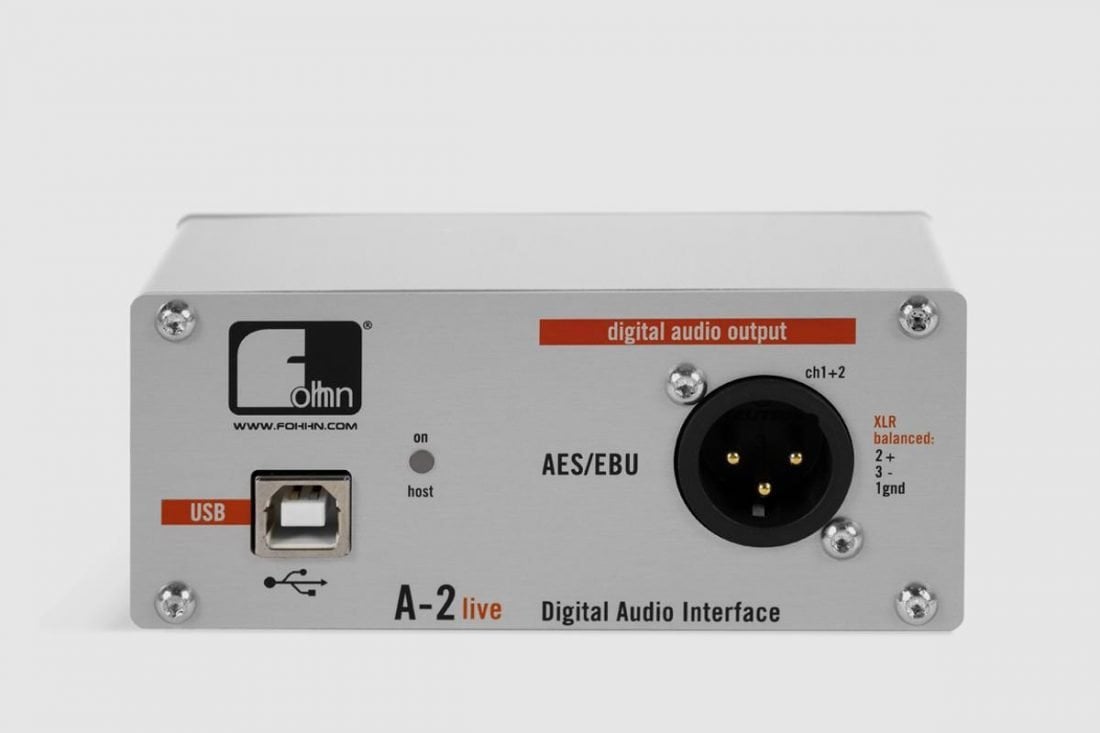
One of the easiest ways to enjoy music or entertainment is via the USB audio output, using USB-powered speakers and headphones.
They are often found in computers, which feature the most common USB Type-A output, and the increasingly popular, USB Type-C output.
- Common output for computers and laptops
- Supports 5.1 and 7.1 surround sound
- Not common among household devices such as TV and is currently limited to smartphones and computers.
- Jitter-prone. Jitters happen in between the conversion of music data to electronic form which is an issue when using USB audio output.
3. SPDIF coaxial
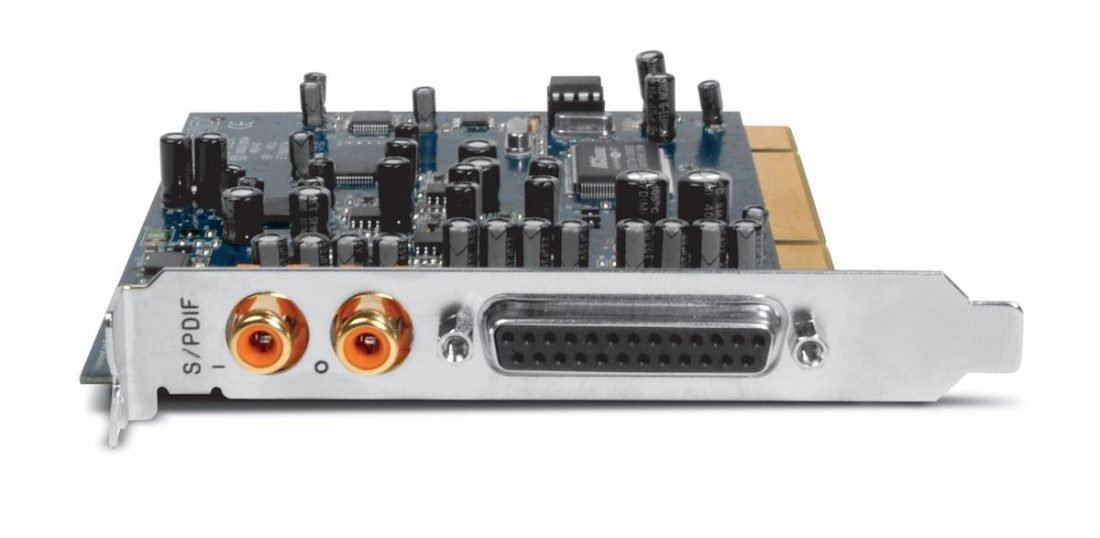
Do not confuse this with the RF coaxial. The SPDIF reads digital signals from a source to an A/V receiver.
- Can deliver stereo, Dolby Digital (5.1 surround), and DTS surround sound.
- Supports bandwidth up to 24-bit/192 khz audio
- Up to 8 channels of audio (surround sound)
- There is no loss in transmission because the digital signal remains as it is when transmitted.
- Can be prone to noise and interference
- Not as common as the Optical counterpart
- No support for high quality audio like Dolby TrueHD and DTS HD Master Audio
4. Toslink (Optical)
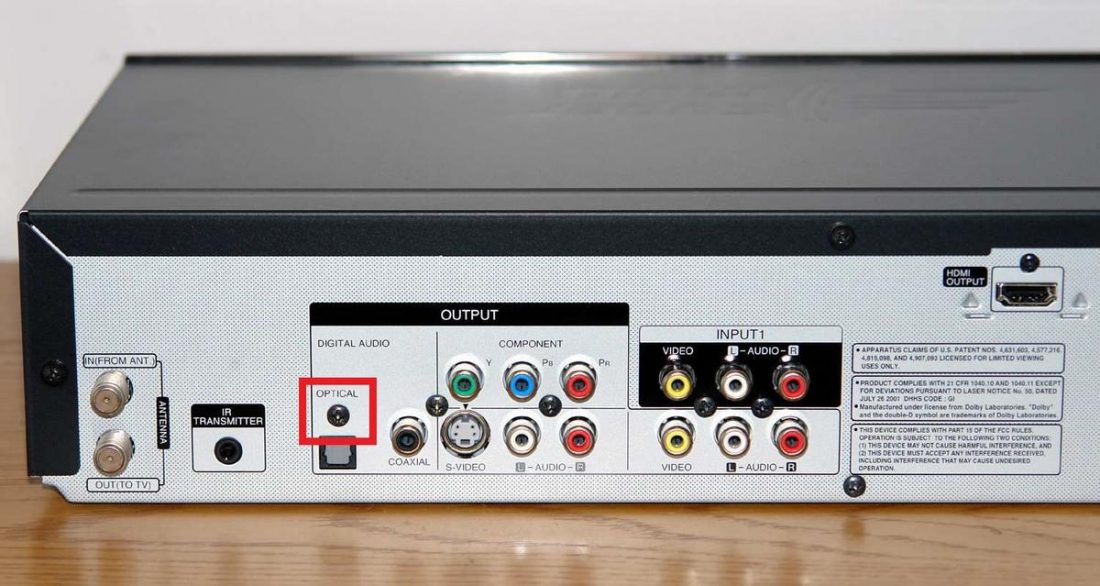
A Toslink (or optical) audio output is a fiber optic connection that makes use of LEDs to transmit digital signals from the source to the receiver.
Similar to the SPDIF, it is a reliable way of transferring signals and is able to carry 2 uncompressed or compressed signals (in 5.1 or 7.1 sound). However, as the LEDs used for the transceivers are low-powered, the effective range is limited to 5 – 10 m in cable length before the signal quality deteriorates.
- Clear sound with less electromagnetic interference (EMI).
- Data travels through fiber optics which limits data loss.
- Lasts longer than the common wires.
- No support for high-quality audio like Dolby TrueHD and DTS HD Master Audio
- Cannot carry data over long distances and must have a repeater to prevent data loss.
5. DisplayPort
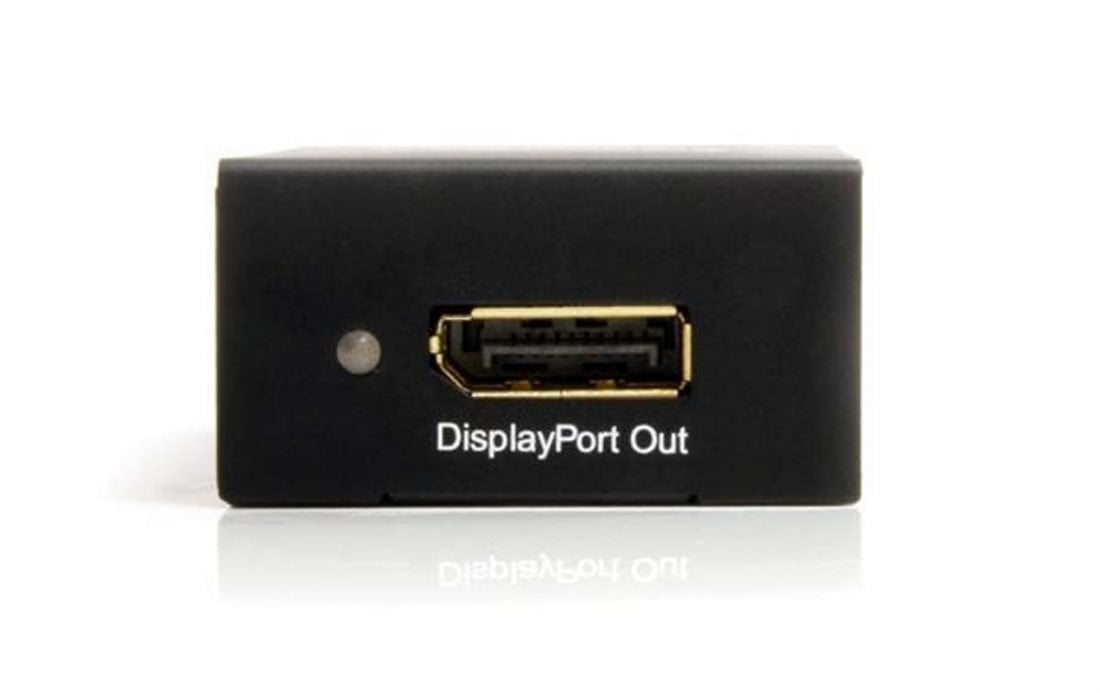
DisplayPort is a digital media interface that is jointly developed by the biggest names in the industry such as Sony, Philips, Maxell, and Lattice.
Just like the HDMI, the DisplayPort can carry many types of data such as video, audio, USB, etc. These are often used in PCs due to their higher video output capabilities, and come in standard and mini-sizes, although both perform the same functions.
- Can be used for audio or video signal transmission.
- Offers high-quality output like HDMI.
- Uses only one cable to transmit multi-channel audio at multi-sampling rates.
- Specifically designed for computers (high display capabilities)
- Not adapted as a standard for audio output by entertainment systems
Smart TV users of streaming apps such as Netflix, Prime and Youtube need guidance of which headphones to buy in order to receive audio from Netflix, Prime and Youtube in addition to receiving audio from normal TV channels.
Hi guys, I plan on converting a old VG console from RCA out to an Optical out. However I can’t find any info on the internet on how to do this. The main board has your left, right, and ground, plus a few places I can connect 5v. So no problem there. What I don’t understand is that if the Optical cable only has 3 wires, ground, 5v, and signal. Then how do you get stereo output??? Am I suppose to twist both left and right channels into one wire and then solder that to the optical signal end?
I’ve seen a video of a guy connecting an optical cable to a sound card pin out. 5v – ground – and just one pin for audio. And sure enough the output is stereo. But I don’t get how that can work if theres only one pin for both channels. I mean shouldn’t it be mono? Please help, and thanks
Mick
That would be because the signal is Digital, Not Analog. The channel separation is in the signal itself. Won’t work unless one end is connected to a digital source to process the outgoing info and the other end is connected to a digital receiver to decode the signal appropriately.
Hello, I am trying to send audio video from a nVidia shield (HDMI) to two different locations. First to my MX122 McIntosh A/V Processor (HDMI digital) and the second to an (Audio only) Elan whole house system ( the amp for this is analog RCA jacks only) would like to have both play at the same time so what I am watching in the main room can be heard in the others. The splitters and decoders I have tried have worked but reduce the HDMI signal from a TrueHD to a lesser quality such as multi surround which does not allow separate center channel (vocals/dialog) or would only play the surround portion in the whole house speakers. Are you aware of anything that will split the HDMI signal with a true pass through and decode the analog without degrading the original HDMI signal? Thank you